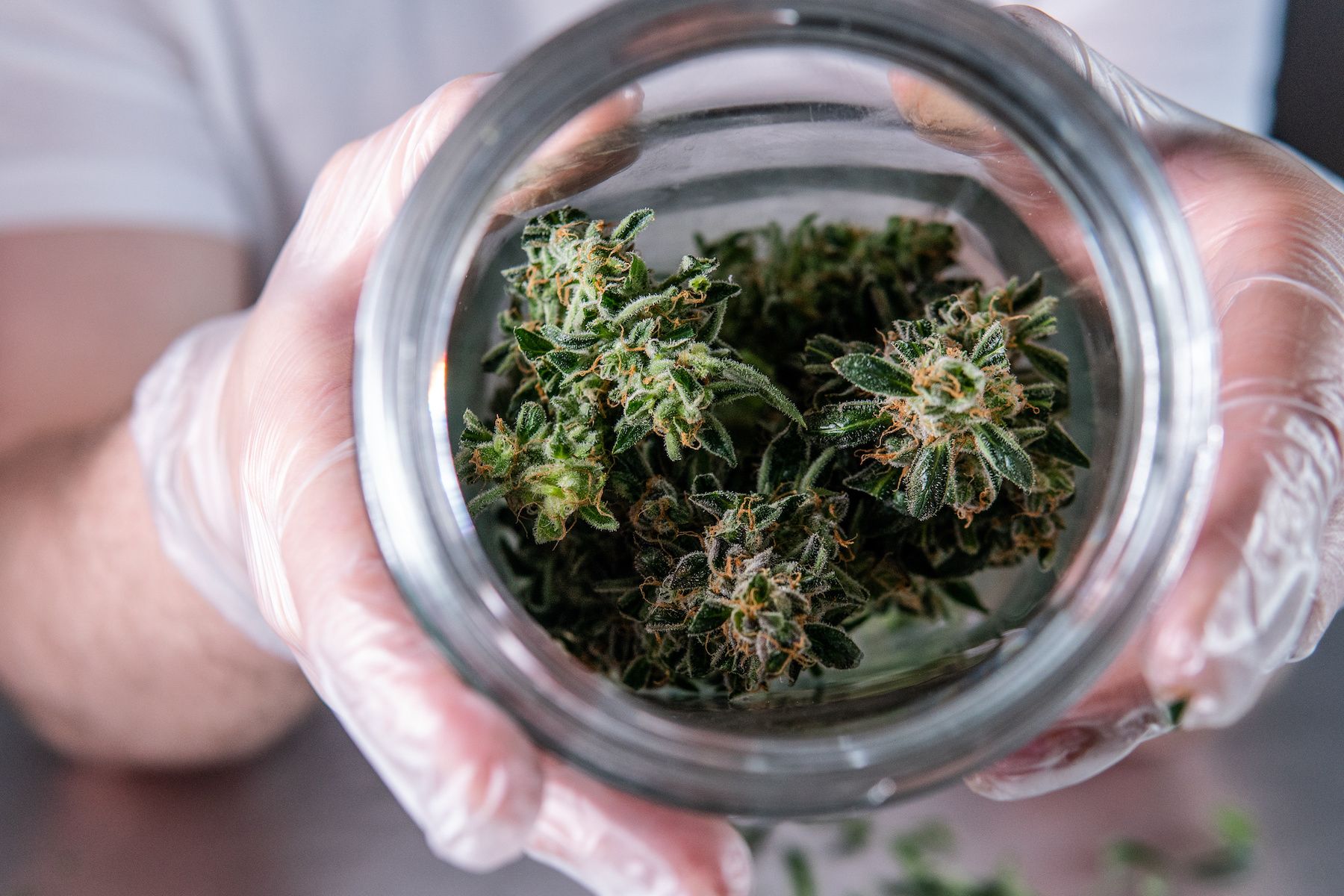Researchers found no association between states enacting recreational marijuana laws and an increase of marijuana use among youth populations, according to research published in JAMA Pediatrics.1 Moreover, states even saw a decrease in substance use among younger populations where recreational marijuana is now legal.1,2
Currently, 24 US states and Washington, DC, have established laws allowing the recreational use of marijuana. Eighteen of those states have enacted recreational cannabis retail sales allowing for even easier access to marijuana for individuals over the age of 21.1
According to a 2022 Pew Research study, only 1 of every 10 US adults believe marijuana should be completely illegal.3 With the tide turning on the acceptance of recreational marijuana use, researchers have focused on youth populations and the health impacts recreational marijuana laws can have on adolescents.
Key Takeaways
- Researchers addressed the association between recreational marijuana laws and an increase of marijuana use or substance use for adolescents in states where laws have been enacted.
- They found no evidence of increased use among high school-aged individuals.
- With overwhelming opinions supporting the legalization of marijuana in the US, researchers did not identify adolescents as an at-risk population to develop an increased use of substances.
Researchers recently published 2 cross-sectional studies that address the increased prevalence of recreational marijuana laws and the effect on youth marijuana and substance use in the states that have enacted laws.
Recreational Marijuana Laws and Teen Marijuana Use
Using Youth Risk Behavior Survey data, researchers collected 207,781 responses on current or frequent marijuana use among teens nationwide. Current use was defined as the use of marijuana within the past 30 days of taking the survey, while frequent use was defined as marijuana use at least 10 times within the past 30 days.2
“Based on the national [Youth Risk Behavior Survey, recreational marijuana law] adoption was not associated with current marijuana use or frequent marijuana use. Estimates based on the state [Youth Risk Behavior Survey] and estimates of the association between the first dispensary opening and marijuana use were qualitatively similar,” wrote authors of the study.2
Prior to the legalization of marijuana in each state, per national Youth Risk Behavior Survey data, youth marijuana use was not associated with recreational marijuana laws. After legalization was enacted, no increases in youth marijuana use were identified.2
Although researchers identified the association of youth marijuana use with adverse health outcomes and poor academic performance2, they were unable to find an increase in adolescent use in states where recreational marijuana laws have been enacted.
Of note, data on high school students who dropped out of school were not included in the youth risk behavior survey; researchers noted that this specific exclusion could limit results of the study. They suggested updating Youth Risk Behavior Survey data as frequently as possible to continue to understand trends in youth marijuana use as more states enact recreational marijuana laws.2
READ MORE: The Role of the Pharmacist in Cannabis Legalization
Recreational Cannabis Legalization and Adolescent Substance Use
Expanding the scope of substance use from marijuana overall substance use, researchers addressed the association of recreational cannabis legalization and recreational cannabis retail sales with individuals’ use of cannabis, alcohol, cigarettes, and e-cigarettes.1
Using similar Youth Risk Behavior Survey data, the researchers gathered responses from 898,271 high school-aged individuals. They found that recreational cannabis legalization was not associated with individuals’ likeliness to use cannabis either regularly or frequently.1
“Each additional year of [recreational cannabis legalization] exposure was associated with 8% higher odds of zero cannabis use (lower likelihood of any use), with nonsignificant total effect estimates,” the researchers wrote.1 “[Recreational cannabis retail sales] was associated with 28% higher odds of zero cannabis use but also 26% higher frequency of use among users, combining to a nonsignificant total effect estimate. Similarly, each additional year of RCR was associated with 8% higher odds of zero use but also 8% higher frequency of use, with a nonsignificant total effect estimate.”
Researchers did not find an increase in youth marijuana use in states where RCLs were enacted, rather the overall frequency of use for individuals who were previously using marijuana increased.
Finally, researchers found no significant results regarding youth cigarette, e-cigarette, or alcohol use related to recreational cannabis legalization. Instead, states that enacted recreational cannabis legalization saw modest decreases in youth use of these substances.1
“Results suggest that legalization and greater control over cannabis markets have not facilitated adolescents’ entry into substance use. Yet, given the negative health consequences associated with early and heavy use of these substances, and results suggesting users of cannabis may be increasing their frequency of use in response to retail availability, greater attention is warranted to sources and trajectories among frequent youth users of cannabis,” they concluded.1
READ MORE: Cannabis Legalization's Impact on Prenatal Marijuana Use
References
1. Coley RL, Carey N, Kruzik C, Hawkins SS, Baum CF. Recreational cannabis legalization, retail sales, and adolescent substance use through 2021. JAMA Pediatr. April 15, 2024. Accessed April 23, 2024. doi:10.1001/jamapediatrics.2024.0555
2. Anderson DM, Fe HT, Liang Y, Sabia JJ. Recreational marijuana laws and teen marijuana use, 1993-2021. JAMA Psych. April 24, 2024. Accessed April 23, 2024. doi:10.1001/jamapsychiatry.2024.0698
